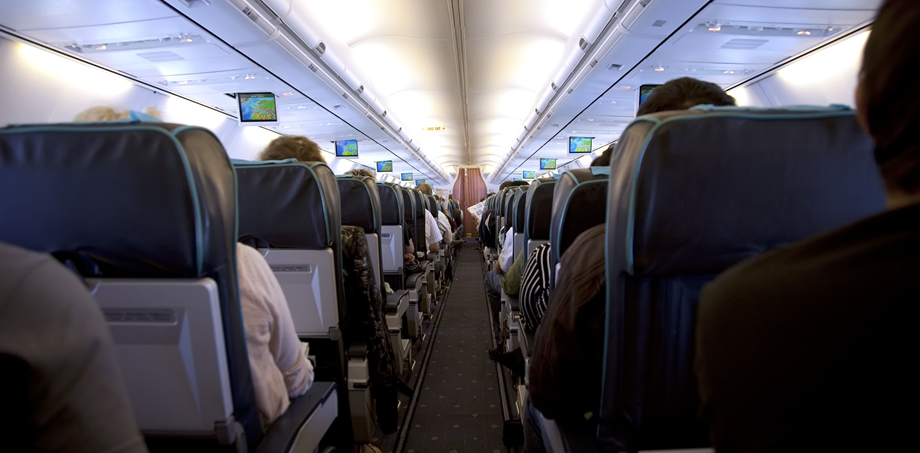Cabin Refurbishment and LOPA Changes Considerations Presented by Sofema Aviation Services (SAS) www.sassofia.com
Introduction – What is a LOPA?
LOPA stands for either Location of Passenger Accommodations or Layout of Passenger Accommodation.
Note 1: The Term LOPA has now been changed to Aircraft Interior Control Document (AICD).
Note 2: There is no regulatory requirement driving the need for a LOPA document – however, it does serve multiple useful purposes.
The LOPA is an engineering diagram outlining the aircraft’s cabin interior that includes, (but is not limited to):
- Locations of passenger and crew seats,
- Emergency equipment,
- Lavatories,
- Galleys,
- Exits.
A detailed LOPA leads the reviewer through the complete aircraft interior design/layout and is the document that certifies the interior components and installation.
Potential Issues which may arise during Cabin Refurbishment:
Considering Project Risk
Every aspect of the project will have some level of risk inherent within the scope.
- Identify each risk area working directly with the responsible party.
- Capture each risk in the project planning.
- Analyze progress in overcoming the risk areas.
- Take immediate action when they start progressing towards becoming an issue.
Certification Issues
- Have the products you are considering been previously certified for installation on the targeted aircraft model(s) and type(s)?
- If not what type of testing will be required? Dynamic or static structural testing?
- DO-160, flammability, EMI, Head Injury Criteria, abuse load, etc.?
o Tests such as dynamic testing of seats or DO-160 testing of newly designed components are often the riskier types of testing which a program can encounter.
Aircraft Type and Configuration Issues:
- Are there multiple starting configurations (mixed fleet) in the program (i.e. differences in “starting” LOPA’s for similar aircraft types)?
o Potential Issues with existing STC’s
o Lessor “Buy-In for the Project”
Product Supply Issues:
- Validation of the Supply of the required Product
- Certification of the Organisation
- Certification of the Product
- Quality Control Process POA/ DOA agreement?
- Technical Support and Service
Part 21 J Support
- Is the integration firm experienced with this level/type of modification program?
- Do they have experience with the specific airframe type(s) associated with the program?
- Certification Plan in place (relationship with regulatory authority)
- OEM involvement – (If required?)
- Part 145 Facility – Capability / Manpower & Competence (Previous Experience)
- Parts & Material Preparations
Implementation Timeline
- Design Freeze
- Bill of Material (BOM) release dates
- Customer Furnished Equipment (CFE) on-dock dates
- Certification test dates or project plan submittal milestones.
Integration
- Interior modifications & product integration at the assembly/component level is often not provided the appropriate attention.
- IFE integration into a seat
- Galley insert integration into a galley unit.
Administrative Logistics
- Location and Number of Project Stake Holders
- Integration & Delivery Schedule
- Ensure a comprehensive logistics plan is in place.
Training and Documentation/ Operations Manual
- ICAW
- User Operations Manual
- Training Requirements
- Live Trail / Proving Flight (WiFI / Electronic Flight Bag (EFB)
Next Steps
Sofema Aviation Services (SAS) www.sassofia.com and Sofema Online (SOL) www.sofemaonline.com provide EASA Regulatory Compliant and Vocational training including more than 20 courses specifically related to Part 21 / CS 25 – for details please see the websites or email team@sassofia.com
Tags:
Aircraft, Aircraft Engineering, Aircraft Interior Control Document (AICD), Aircraft Type, Cabin Refurbishment, Certification, DOA, EASA Part 145, Emergency equipment, ICAW, Layout of Passenger Accommodation, Location of Passenger Accommodation, LOPA, Part 21 J, POA, Project Risk, SAS blogs, STC, Training Requirements




